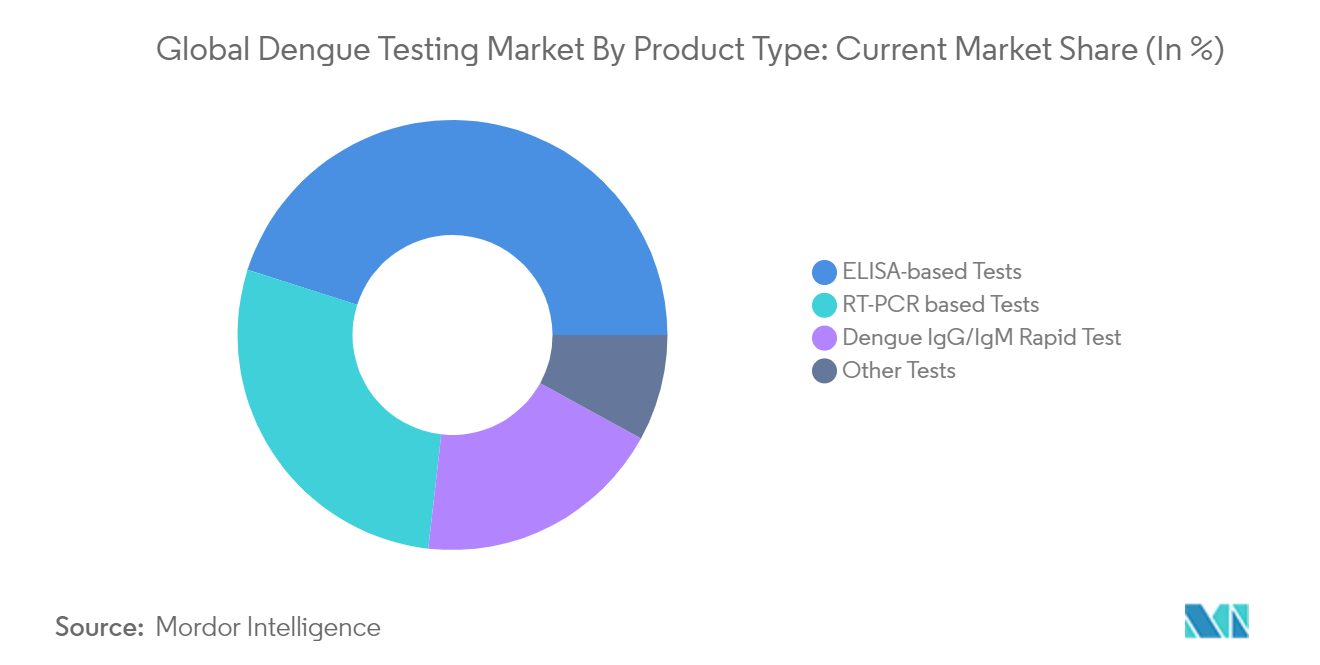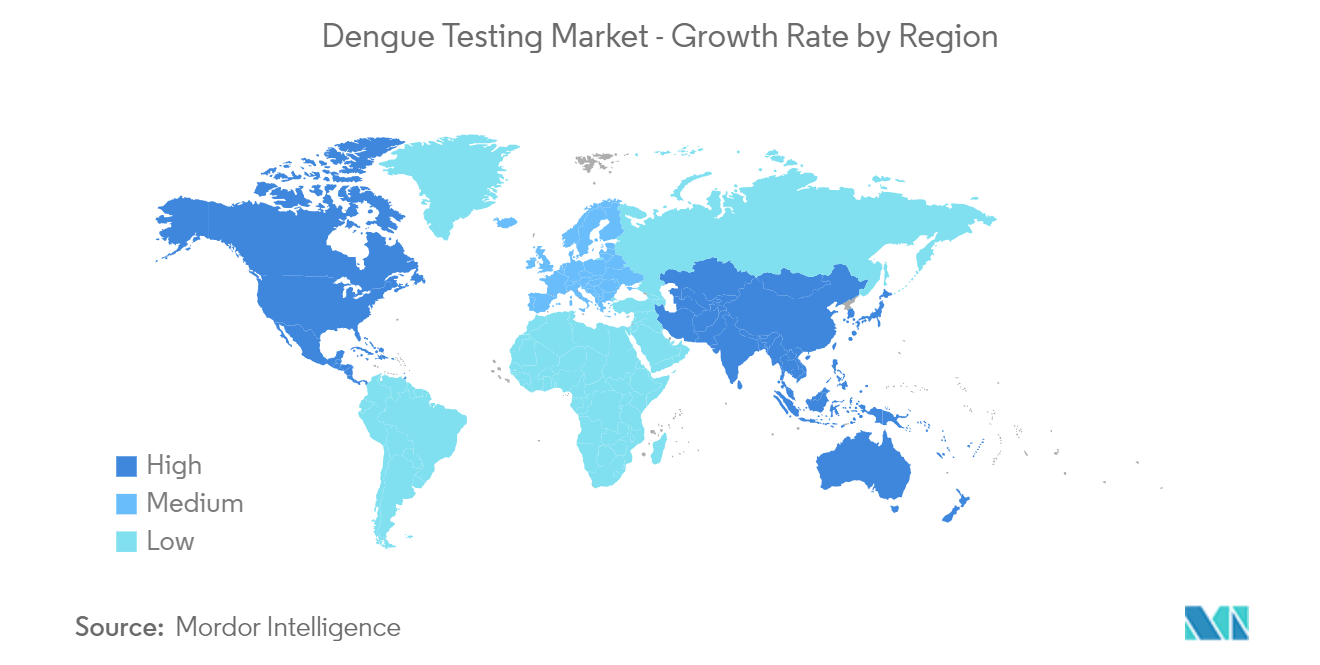Market Trends of Dengue Testing Industry
ELISA-based Tests: Dominating the Dengue Testing Landscape
Segment Overview: ELISA-based tests, including those in the Dengue NS1 Ag ELISA Market, continue to dominate the dengue diagnostic landscape, capturing around 45% of the total market. These Dengue ELISA Tests are favored due to their high accuracy in detecting dengue-specific antibodies, particularly IgM and IgG, which are key indicators of the stage of infection.
Growth Drivers and Future Outlook: The growing incidence of dengue cases globally, paired with increasing awareness of early diagnosis, is driving the demand for ELISA-based tests such as the Dengue NS1 Ag ELISA. Innovations that improve the accuracy and speed of ELISA tests are further strengthening their position. As dengue remains a pressing public health issue, ELISA-based tests are expected to maintain their leadership due to their ability to deliver timely and precise results essential for dengue management.
Competitive Strategies and Disruptions: Leading market players are focusing on developing highly sensitive ELISA kits capable of distinguishing between dengue serotypes, contributing to the growth of the Dengue Virus Detection Kit Market. Automation in ELISA processes is being explored to increase efficiency and minimize human error. Despite their dominant position, ELISA-based tests face competition from rapid diagnostic tests and molecular techniques, contributing to the growing Dengue Rapid Test Market. For continued market dominance, manufacturers must innovate, potentially integrating with point-of-care solutions to meet the evolving needs of healthcare professionals.

Asia-Pacific: The Epicenter of Dengue Testing Market Growth
Regional Dynamics: The Asia-Pacific region is at the forefront of the Dengue Testing Market's expansion. With countries like India, Indonesia, and the Philippines facing a heavy dengue burden, the demand for diagnostic tests is rapidly increasing. The region is projected to grow at a rate of 5% per year between 2024 and 2029, outpacing other regions in Dengue Testing Market growth.
Catalysts for Regional Growth: Factors contributing to this growth include the expansion of mosquito habitats due to climate change and urbanization, which has heightened dengue transmission risks. Additionally, increasing government initiatives aimed at dengue prevention are fueling awareness and driving the demand for Dengue Screening and Dengue Detection. Improvements in healthcare infrastructure, coupled with rising healthcare expenditures, are facilitating the adoption of advanced diagnostic tools across the region, including the availability of comprehensive Singapore Diagnostics Price Lists for public reference.
Strategic Imperatives and Future Challenges: Companies must adopt localization strategies to capitalize on the region's growth potential. Developing diagnostic tests that address specific regional dengue strains and align with local healthcare systems is crucial. Collaborating with local governments, healthcare providers, and working with Wholesale Dengue Detection Test Manufacturers is key for market penetration. However, navigating the region's complex regulatory landscape remains a challenge. Additionally, the emergence of other vector-borne diseases may divert resources, necessitating adaptable strategies for Dengue Test Manufacturers.


